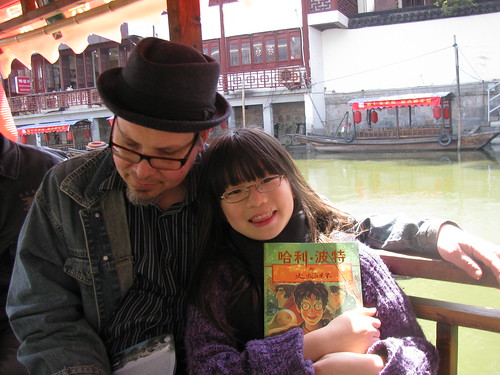🦋 Mind Control & Ken Kesey’s One Flew Over the Cuckoo’s Nest
(a contribution from reader Jen Digby)
I remember the tattered cover of Ken Kesey’s notorious classic vividly – faded gloss finish, bold typography and the sneering face of a mischievous Jack Nicholson before a wire fence. To me, it seemed like an unusual choice of text to throw on a high school curriculum; obsessively impassioned with the voluptuous prose of the ancient classics and “recents†like Shakespeare and the English Romantics, I had little interest in it at the time. And yet – years after reading about what happened to that rogue McMurphy and his buddies – it kind of hit me with an explosion. Suddenly, Kesey’s edgy and rugged descriptions, his conspiratorial critiques and almost caricature-like characters swept me up in their own world. It made me marvel – and it made me terrified.
Experimenting with the Mind
I rediscovered One Flew Over the Cuckoo’s Nest after listening to a BBC radio documentary on psychedelic music. I had learned about Kesey’s involvement with experimental psychedelics and his work in mental wards, and later discovered just how deep in it the countercultural figure was. Volunteering for the infamous Project MKUltra – otherwise known as the CIA’s Mind Control Program that explored various ways to engineer the behavior of humans, Kesey experimented with a variety of potent drugs, including LSD, psilocybin, mescaline, cocaine, aMT, and DMT. Along with “Acid Tests†– parties which Kesey held at his home – the influence of these substances helped kick-start the psychedelic movement in music, literature, and art.
Though LSD and its relatives were hugely popular at the time, prescription drugs and street drugs often found their way into the hands of poets, painters, and musicians, particularly when the dangers of taking these substances was largely unknown at the time. Without the right treatment centers and resources available, many addicts never completely recovered and frequently relapsed. But unlike today, there was a conscientious movement back then – mingled with revolutionary philosophies and ancient spirituality – where artists actively took drugs for an artistic and metaphysical high. In One Flew Over the Cuckoo’s Nest, Kesey points out the irony of so-called “established†medicine, where institutions freely over-medicate patients – a problem which still exists in the present where both patients of psychiatric wards and individuals experiencing mental illness issues outside of the hospital are over or inappropriately prescribed medicine. Kesey covers this issue numerous times in the work, pointing out that individuals refusing medication are often ostracized and treated with hostility and otherness.
Setting Up a Structure
Kesey describes – through his narrator, Chief Bromden, the protagonist McMurphy, and other prominent characters like Martini, Cheswick, Harding, and Bibbit – how a certain “state of mind†is attempted through the structure of the institution from its very setup to the restrictive schedules and medication requirements. Yet what is particularly interesting is that while many writers of the time may have used their hallucinatory influences to conjure up vivid scenes, Kesey does not. There is a peculiar clarify which underlines even the deliberately blurred scenes and descriptions – for instance, while it’s not exactly clear what the elusive “Combine†is, what it represents is fairly straightforward – a symbolic representation of the construct which currently governs – or rather controls – society. A ruthless, impenetrable, and eternal mechanism from which there is no hope of escape. Perhaps Kesey’s own experience with the CIA and his exposure to mind control activities is behind what sparked this poignant representation, and only when Bromden “liberates†himself and McMurphy (though in vastly different circumstances) is there finally some sense of free will. The true rebels in the story – Bromden and McMurphy – are the ones who do not conform. The arch-antagonist, Nurse Rachet, is reflective of a system which strives to quench free thought, although she does not guide that system herself – merely follows the rules without questioning their validity.
While the outside world is perceived as free, Bromden’s own observations on children – and how they are already being conditioned – reveals that the Combine transcends the walls of the asylum. Perhaps during Kesey’s time working on the ward, he saw only a re-packaged, condensed representation of what actually occurs around the rest of the world – Bromden certainly realizes this. Even more remarkable is the fact that, given Kesey’s involvement as well as his friends in the Grateful Dead with the CIA, that the book has been published at all. When I apply these elements to the contemporary world and even set it against other “dystopias†like Orwell’s 1984, I have to alarmingly conclude that this work is more relevant than ever. It’s not just the heartwarming, humorous, or meaningful moments which make it resonate with me – but the sinister world which Kesey is revealing to us in one of the most unlikely settings.
posted morning of Saturday, September 13th, 2014
➳ More posts about Readings
|






